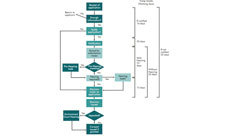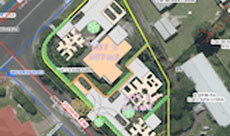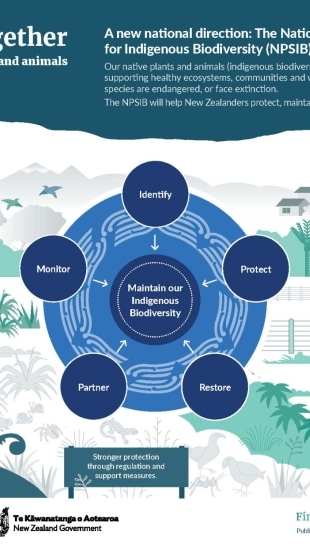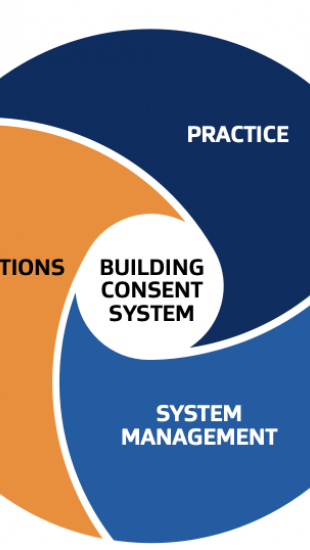Resource Management Act replacement coming today

Resource Management Act replacement coming today
The Government will unveil its replacement to the Resource Management Act (RMA) today, fulfilling a promise that’s been in the works for more than a decade.
The legislation will be introduced and passed before the end of this Parliament, bringing down the curtain on 30 years of planning under the RMA.
The RMA will be replaced by two pieces of legislation, the National and Built Environments Act, which is the main replacement, and the Spatial Planning Act.
Deputy Prime Minister Grant Roberson said on Monday the reforms were “a faster, cheaper, better” version of the RMA.
He said the legislation would save users of the resource management system 19 per cent a year, “about $149m a year”.
Environment Minister David Parker is leading the reforms. He has previously said the RMA had failed at two of its key tasks: allowing development and protecting the environment.
Major reform of the RMA has been on the agenda for more than a decade, but has never made it through Parliament.
The John Key National government hoped to “rip up” the legislation, but coalition machinations made it impossible.
Environment Minister David Parker launched a working group to review the RMA. The group reported back in 2020, recommending the three-act replacement (the group also recommended a third bill, which would deal with climate change – this is also on the agenda, but is the responsibility of Climate Change Minister James Shaw).
Environment Minister David Parker will unveil his RMA replacement today. Photo / Mark Mitchell
What we know from the proposals of the working group and an exposure draft of the legislation is that it shifts the emphasis of the RMA towards earlier decision-making, hoping this avoids costly disputes later on. It also involves some centralisation.
It will encourage more national-level direction, setting clearer guidelines for what the Government wants to see about how resources are managed.
A key change proposed by the working group is the streamlining of the number of RMA plans produced by local government, a cost to both developers and local government.
The patchwork of regional and territorial authorities in New Zealand produces more than 100 RMA policy statements and plans.
Those plans will be consolidated into 14 combined plans put together by local councils, central government and mana whenua.
The working group said this would improve the quality of the individual plans and achieve consensus around what a community wants to see from planning early on, saving costly disputes later in the process.
The key shifts in the new system are:
- planning for positive outcomes, not just managing adverse effects
- a more effective role for Māori, one that gives effect to the principles of Te Tiriti o Waitangi
- more integrated and strategic long-term planning for transport, infrastructure, housing, climate resilience and environmental protection
- a regional, collaborative approach to planning
- effective partnering of central and local government and iwi/hapū/Māori in planning and delivery
- stronger, more consistent national direction
- moving to equitable and efficient resource allocation within limits
- improved evidence, monitoring, feedback and oversight.


















